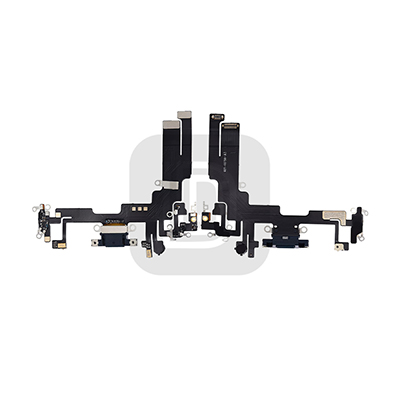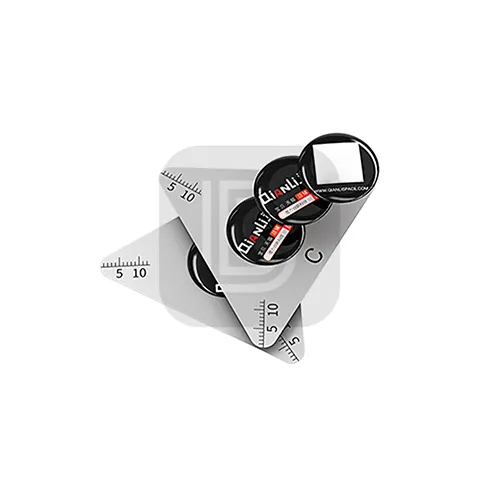Starting from the iPhone X, Apple has successively changed the new models launched every year from LCD screens to OLED screens. Until the iPhone 12, all series use OLED screens.
Since the screens are different, if the screen of an Apple mobile phone is broken and needs repair, should you choose an LCD screen or an OLED screen? What’s the difference between the two?
Different luminescence principles
The LCD screen itself does not emit light, but mainly relies on the backlight layer of the LED backlight unit to emit light. Due to the existence of the backlight layer and the liquid crystal layer, the LCD screen will be thicker, and light leakage will occur when the screen is resting.
The characteristic of OLED is that it emits light by itself. It is a display screen composed of light-emitting diodes. It only needs a very thin layer of organic material coating to emit light by itself when powered on. It is not only lighter and thinner but also has a wider viewing angle. It displays pure color when the screen is turned off. black.
Summary: LCD screens are thicker, OLED screens are thinner and have narrow bezels.

Different materials
LCD screens use inorganic materials, and OLED screens use organic materials.Different materials determine the difference in screen life. Compared with LCD screens, OLED screens age faster and have a shorter service life.

Color display is different
The LCD screen relies on a backlight to emit light, so its light is softer and the display is more natural, making it less likely to cause fatigue when viewed for a long time.
OLED screens have a wider color gamut and higher contrast, which are reflected in the look and feel of fuller colors and more vivid display effects. Long-term use will hurt the eyes.
Summary: LCD screens display natural colors, while OLED screens have full colors. OLED screens hurt your glasses more than LCD screens.In addition to the above differences, OLED screens have an obvious flaw, which is “screen burn”.

This is because the OLED screen produces images through the self-illumination of pixels. Some components are aged due to continuous light emission and cannot be recovered after reaching a certain level, so an “after-image” appears on the screen.

But also because of its self-luminous characteristics, OLED screens consume less power than LCD screens and respond faster.
In terms of price, LCD screens are low in price and OLED screens are high in price.
So what should you choose when repairing?If you want to be thinner, more colorful,
and more power-saving, choose an OLED screen,which is of course more expensive.If you want to be cheaper,
have a more natural display, and have a longer lifespan, choose an LCD screen and just tolerate the heavy feeling.

















